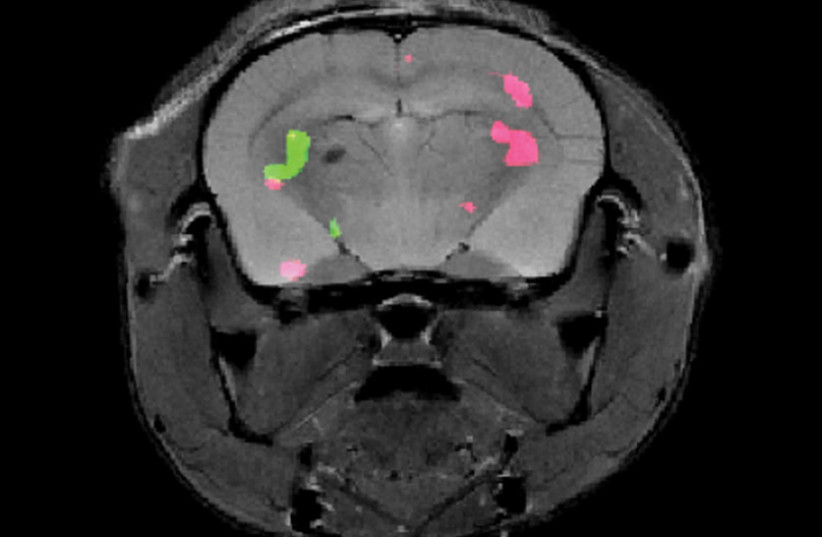Adi Ronen, 19, from Ariel near Petach Tikva began to feel weakness on the left side of her face several months into her military service. The numbness, weakness and even paralysis got worse and worse until Adi, who sat in a tower and checked for enemy activity in the Air Force, realized she had to check it out. After a series of tests, she discovered that she had a very rare disease which was causing mini-strokes and other neurological injuries. This was only the beginning of her struggle.
Adi recalled that she enlisted in January 2021, served in Judea and Samaria and fell in love with the position. In November 2021 she started a commanders course, which was her dream since training, and unfortunately couldn’t finish it. During the course she felt weakness and numbness every half hour on the left side of her face for about a minute and didn’t address it because she felt it was the pressure of the course. But the numbness increased over time and got to the point where it appeared in the entire left half of her body every ten minutes.
Adi consulted a military doctor who gave her referrals for a series of tests, including MRI, blood tests, EEG and head CT. "All the tests came out normal, except for the MRI scan that came back after a few days and heralded bad news. I was diagnosed with a disease called 'Moyamoya'," she says.
Like a cloud of smoke in the brain
In Japanese, Moyamoya means cloud of smoke. It’s a disease characterized by chronic and progressive narrowing of the main arteries that carry blood to the brain, resulting in a decrease in blood flow to different areas of the brain, which can lead to stroke with various neurological injuries in children and young adults. Due to the narrowing, small bypass blood vessels are formed which on imaging tests look like a cloud of smoke near the main blood vessels.

The disease can have a genetic basis, be part of various genetic syndromes, or might be a result of radiation for another illness. It’s usually diagnosed in childhood or in the age group of 30-45. One of the important symptoms of the disease is the appearance of neurological signs after physical exertion, a very hot shower or even after eating hot food.
"It’s crucial to raise awareness of Moyamoya and for stroke in general for children and adolescents," explained Dr. Moran Hoyzman Kedem, director of the Pediatric Stroke and Vascular Disease Clinic at the Dana Institute of Pediatric Neurology at Ichilov Hospital in Tel Aviv. “Surgical treatment in patients with Moyamoya can significantly reduce the risk of stroke in these patients," she added.
Not finished with life
"Everyone who heard my story was unfamiliar with the disease, including me and my family, who had never heard of it," said Adi. After further exams, she recently had two neurological bypass surgeries by the amazing medical staff in the neurosurgical department at Ichilov, led by Prof. Jonathan Rot. Today she’s doing great.
Adi adds that "although I didn’t finish the commanders course, and unfortunately I was discharged from military service, at least my life isn’t over.” With continuing medical supervision, Adi should be able to live a normal and long life.
